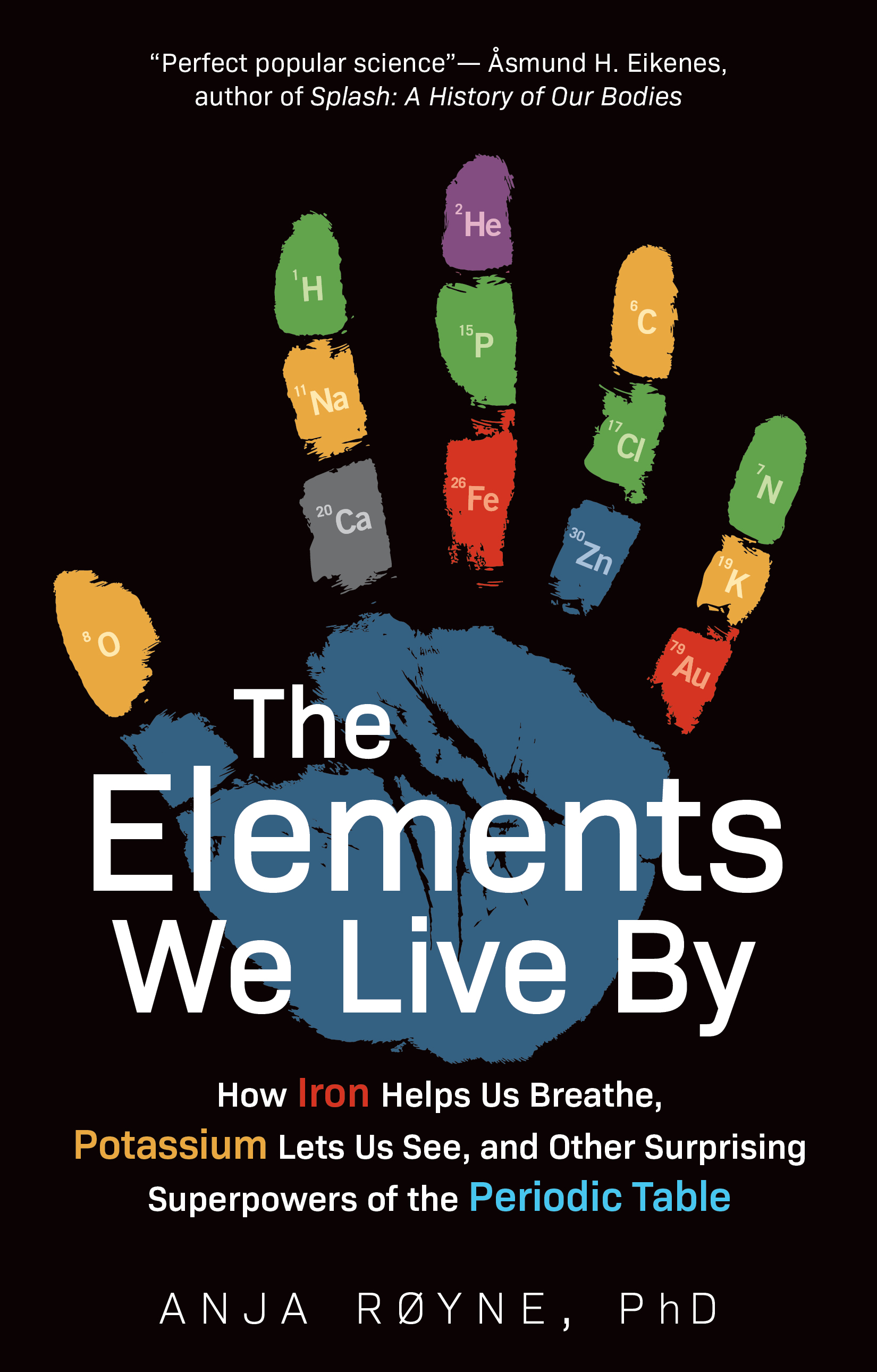What do you think?
Rate this book


224 pages, Hardcover
First published January 1, 2018
Taigi mano kompiuteris varomas vandeniu. Bet iš tikrųjų jį veikti verčia Saulė. Ji kaitino vandenynus, tada vanduo garuodamas kilo į atmosferą. Vėliau jis iškrito lietumi į vandens baseino, kuriame yra ta elektrinė, teritoriją. Saulės energija buvo perduota vandens molekulėms, o vandeniui tekant turbina ji pavirto elektros energija, kurią kaip tik dabar naudoju rašydama šiuos žodžius. (...) Esu varoma maistu, bet iš tikrųjų ir Saule. Kiekviena iš cheminių jungčių, kurios nutraukiamos ląstelėse, turi neapsakomai mažą dalelę Saulės energijos. Būtent augalai su savo fotosinteze Saulės energiją pagauna, o mes, kitos gyvos Žemės būtybės, naudojame ją kaip degalus savo gyvenime. (...) Mitybos grandinėje išlaisvinama ne visa Saulės energija, kurią sukaupia augalai. Miškuose ir žemėje aptinkami gyvi augalai, gyvūnai ir grybai turi daug energijos. Kai nesuirę negyvi organizmai kaupiasi vis storesniais sluoksniais pelkėse ir ežerų, jūrų bei vandenynų dugne, Saulės energijos sluoksnis Žemės paviršiuje ima augti.